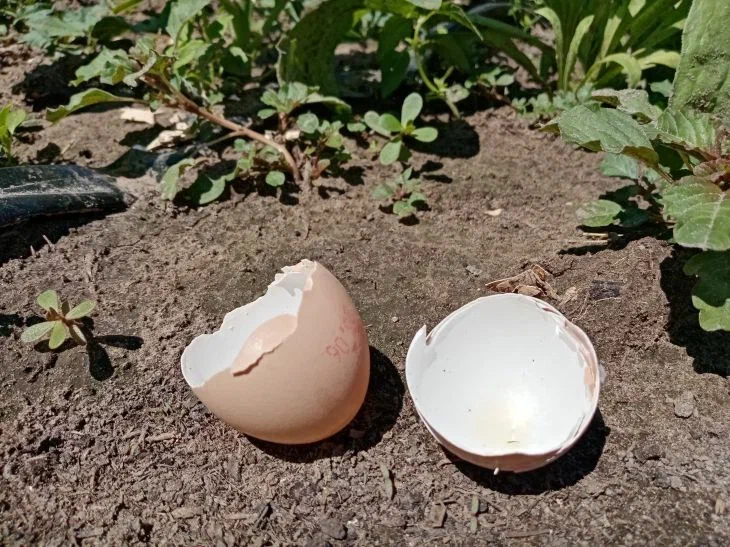The eggshell contains calcium and other elements that are no less important for plant development: potassium, silicon, magnesium, phosphorus, etc.
For this reason, the expert of the online publication BelNovosti, scientist-agronomist, landscape designer Anastasia Kovrizhnykh calls it a natural mineral fertilizer with high efficiency.
In this article we will introduce you to options for using eggshells in the garden.

Soil loosener
Are you faced with the need to make your soil or compost more breathable? There is a solution: add a small amount of crushed eggshells at a rate of 1.5-2 cups per "square".
Drainage
To create a drainage layer in cups with seedlings or pots with indoor flowers, pour a couple of cm of eggshells onto the bottom of the containers, after which you can “cover” it with soil.
Pest control
If you sprinkle a "blanket" of crushed shells on the beds, you can be sure that you will no longer see slugs on the site. And if you want to protect yourself from the mole cricket, add the shells to the holes when planting. In this case, you will protect your garden from moles, too.
Protecting seedlings
Stop being afraid of black leg on seedlings – as a preventative measure, use powder made from crushed eggshells. Sprinkle it generously over the containers in which the seedlings grow.
Fertilizer for indoor flowers
To prepare a nutritional composition based on eggshells, you need to collect the required amount (20-30 pieces), then scald with boiling water and pour cool water over them.
The fertilizer will be ready in 4 days. Use it to water your houseplants at a rate of 0.5 cups per pot.
Previously, we talked about how to increase the size of garlic heads several times.


